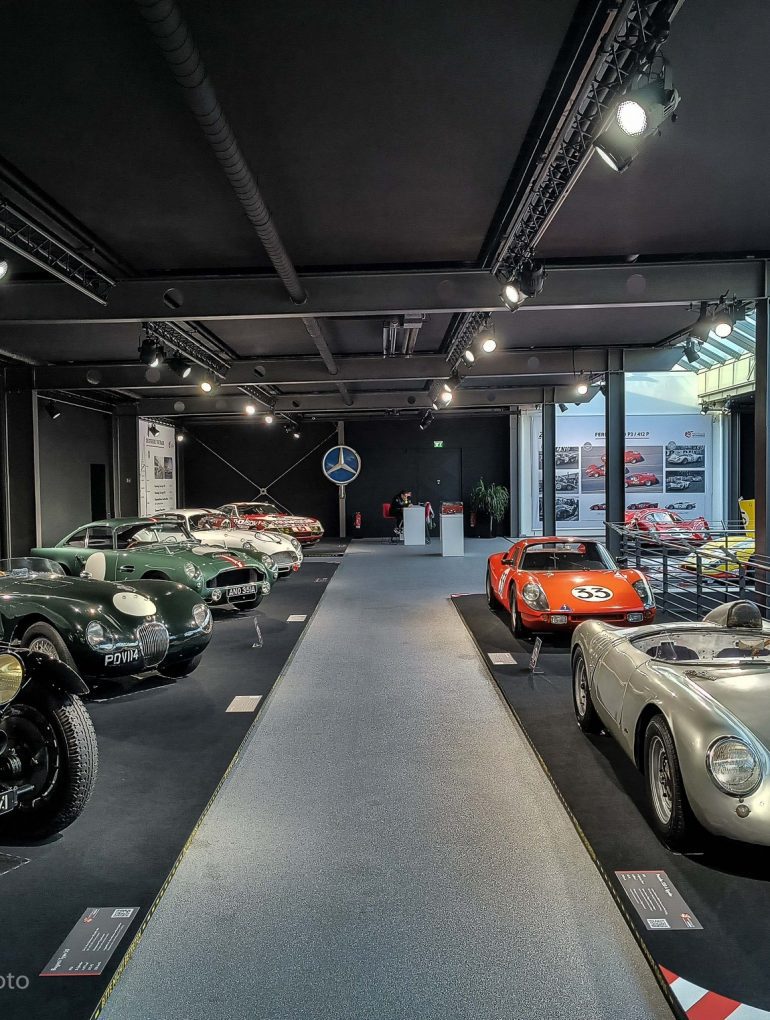Words and photos: Kevin Ehrlich & Mary Fischer
Germans have a long relationship with the automobile. The best-known German brands have sparking museums scattered across the country to tell their stories. Munich is the home of BMW. Audi’s home is Ingolstadt. Mercedes and Porsche share Stuttgart. Volkswagen and Wolfsburg are synonymous. Thousands visit each year.




